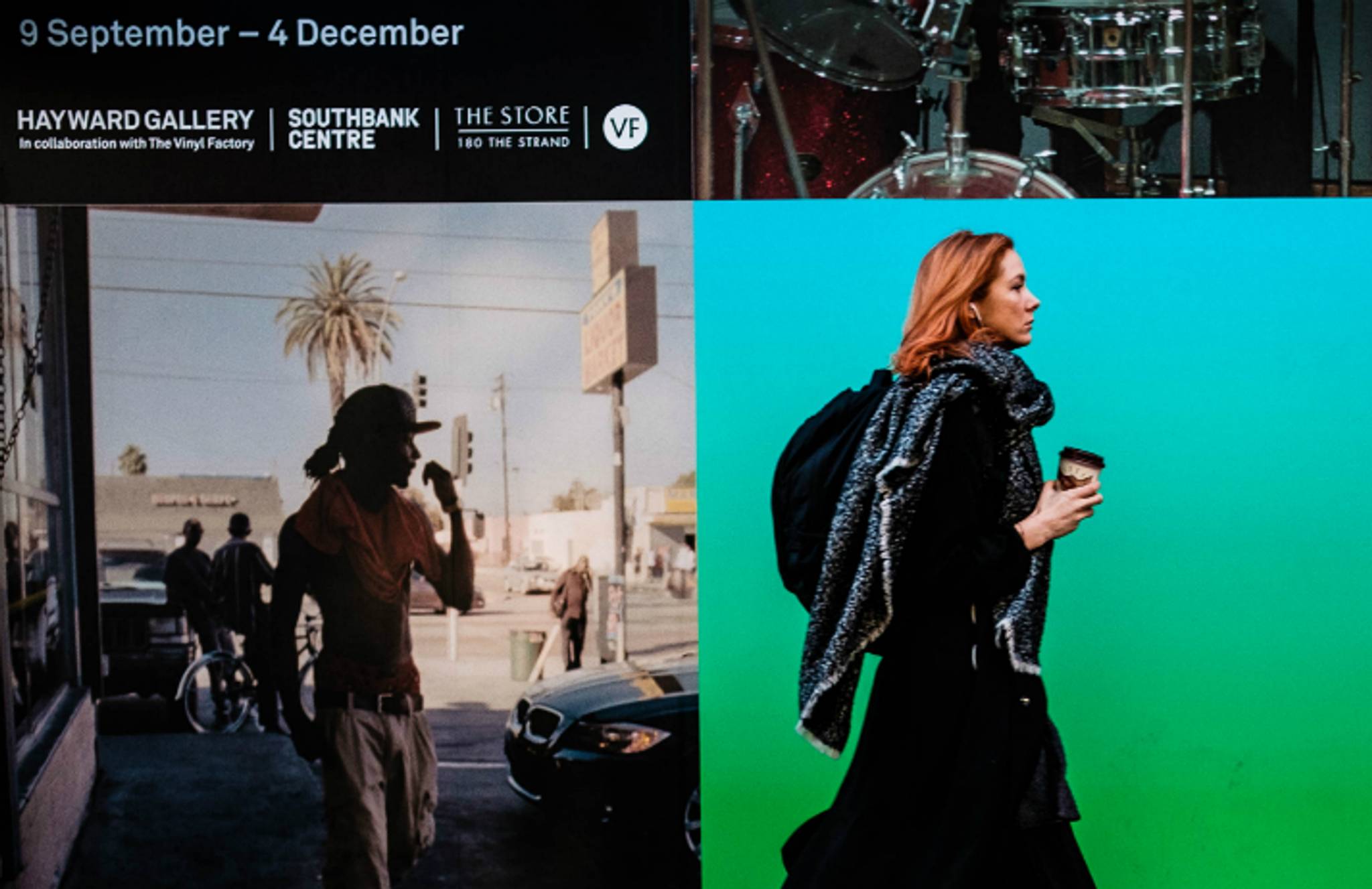
Some of the world’s biggest brands are redirecting their marketing spend away from big-money advertising campaigns and towards socially-orientated content that’s shareable, such as the humble GIF. We explore the insights behind these campaigns and explain how shareable content gives its audiences a sense of power.
With attention spans dwindling and long adverts viewed as an inconvenience, many brands are turning to GIFs to captivate audiences and boost their chances of getting people to share their content. Converse, Bubly, and Amazon are just some of those that have started to use GIFs to advertise their products. “Clever marketers are creating GIFs to help consumers express themselves through these humorous, snackable videos which make them a shareable utility versus an ad,” explains Quynh Mai, founder of digital agency Moving Image and Content. She argues that brands are able to publish content that suits consumers’ desire to share relatable videos, but also caters to attention spans that have shrunk to an average of eight seconds. Google has already scrapped its 30-second YouTube ads to focus on six-second ‘bumper’ spots, which utilise images that are less taxing on the brain compared to text.
Being able to share ads as a way to express your mood, say with GIFs, has the potential to increase interaction between brands and consumers – all while doing so in a medium that people are already using. Giphy CEO Alex Chung believes that the medium is the “the future of advertising” and that “brands can create and distribute their message in an authentic way using GIFs. Often, the process is so seamless and the content is so good that the audience doesn’t really know that it’s looking at an ad.”
Today, people are interacting with advertising differently than they have done in the past. People have certain values they expect brands to adhere to, and this can cause everything from spectacular missteps to made-you-look moments of creative brilliance. What advertisers can agree on is that authenticity is now a primary driver in their industry. By using something as simple as a GIF to communicate a message, it shows that brands understand how to talk sideways and not down to their audience – something people find relatable and sincere.
Matt McEvoy is deputy editor at Canvas8, which specialises in behavioural insights and consumer research. In a former life, he was a journalist working in the sports, music and lifestyle fields.



